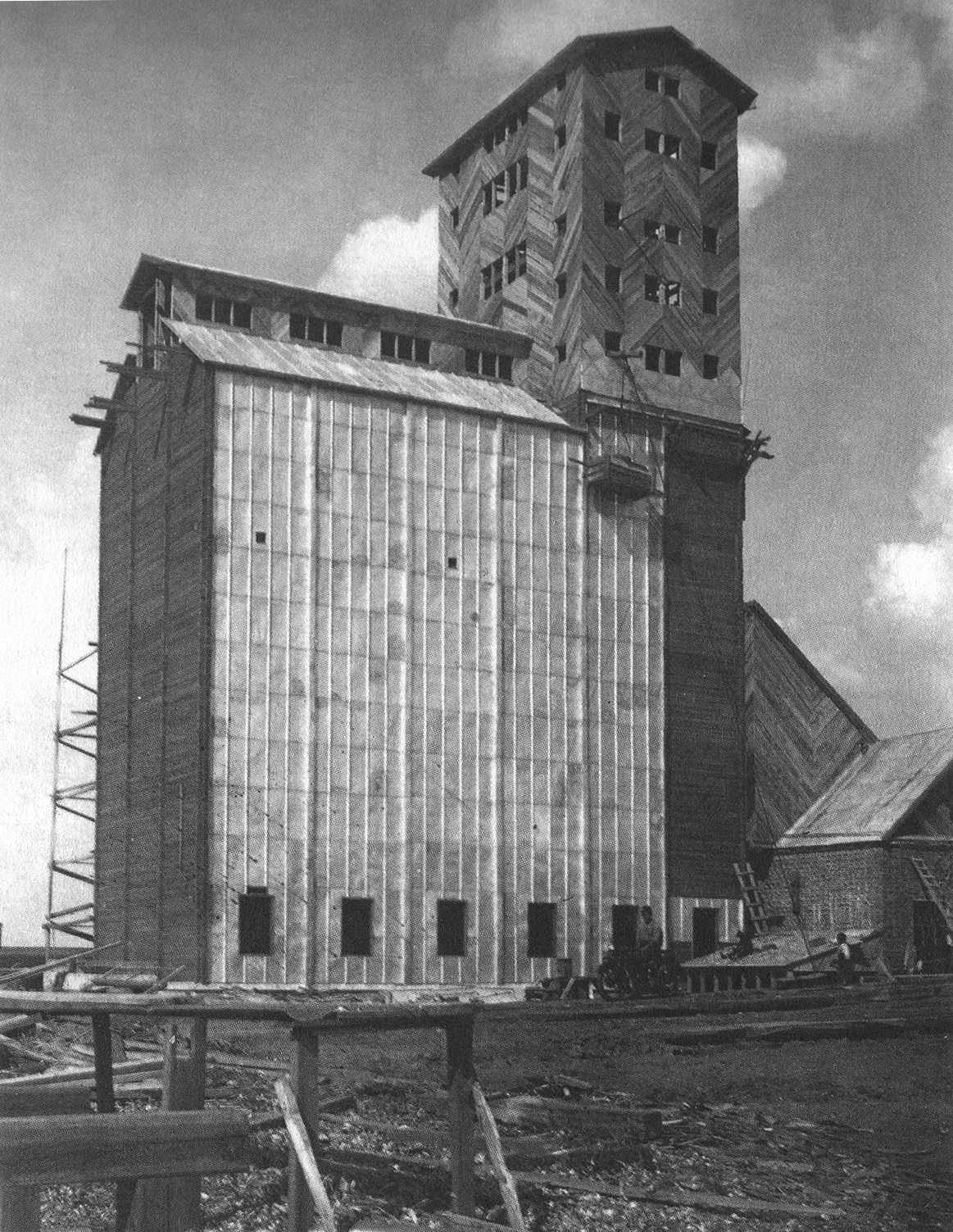Old and New. Delving into the Origins of Collectivization
Main Article Content
Abstract
Abstract Soviet experiences played an important part in the broader international debate on rural planning throughout the early decades of the twentieth century. In this respect, the competition for the Green City of Moscow and the project for new forms of human habitat in the Urals by M. Ginzburg and the OSA group (Sverdlovsk, Magnitogorsk and Chelyabinsk, 1927–32) – much too often labelled as “utopian” by architectural historians – deserve due reconsideration (Meriggi, 2009). Based on research begun with MA (Kravchenko, 2019; Meriggi, 2019) and PhD students (Batunova, 2017), this paper focuses on Verblyud, Gigant and other collective villages of the Salsk steppes, taking us to the origins of collectivization and epitomizing 1920s and 1930s Soviet planning theory and practice.
Article Details

This work is licensed under a Creative Commons Attribution-NonCommercial-NoDerivatives 4.0 International License.

